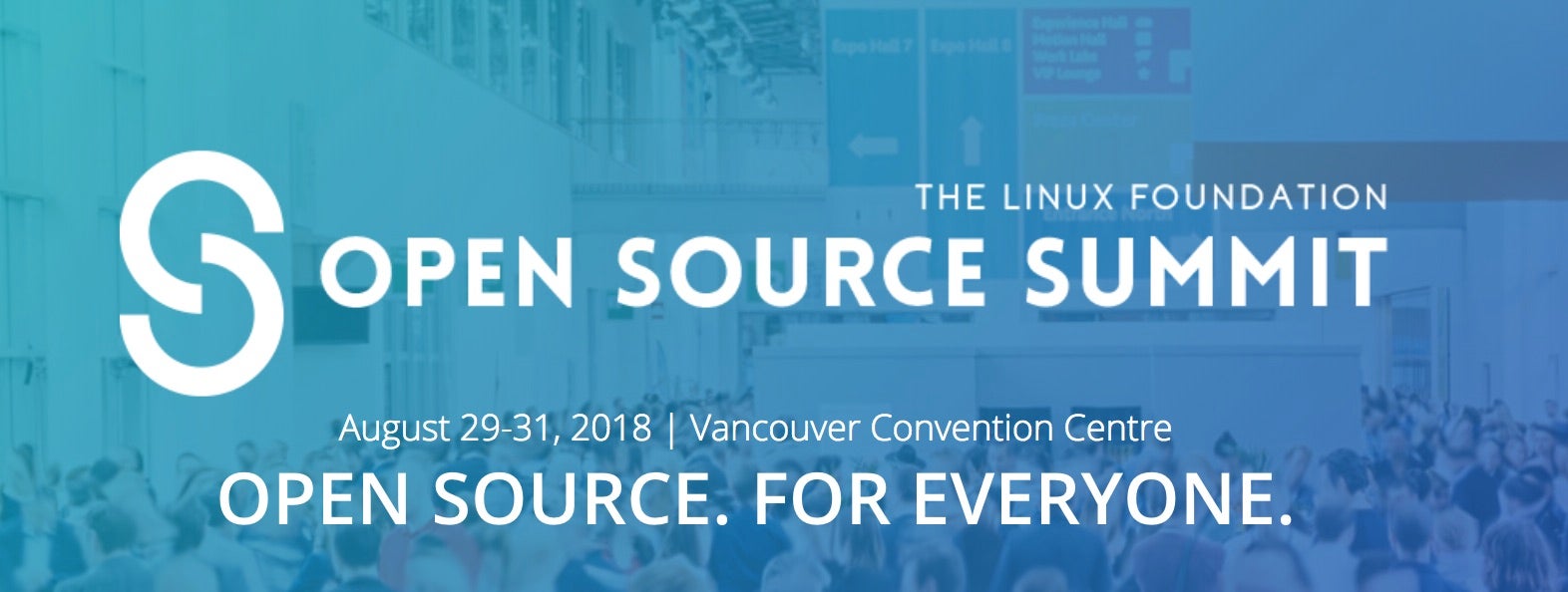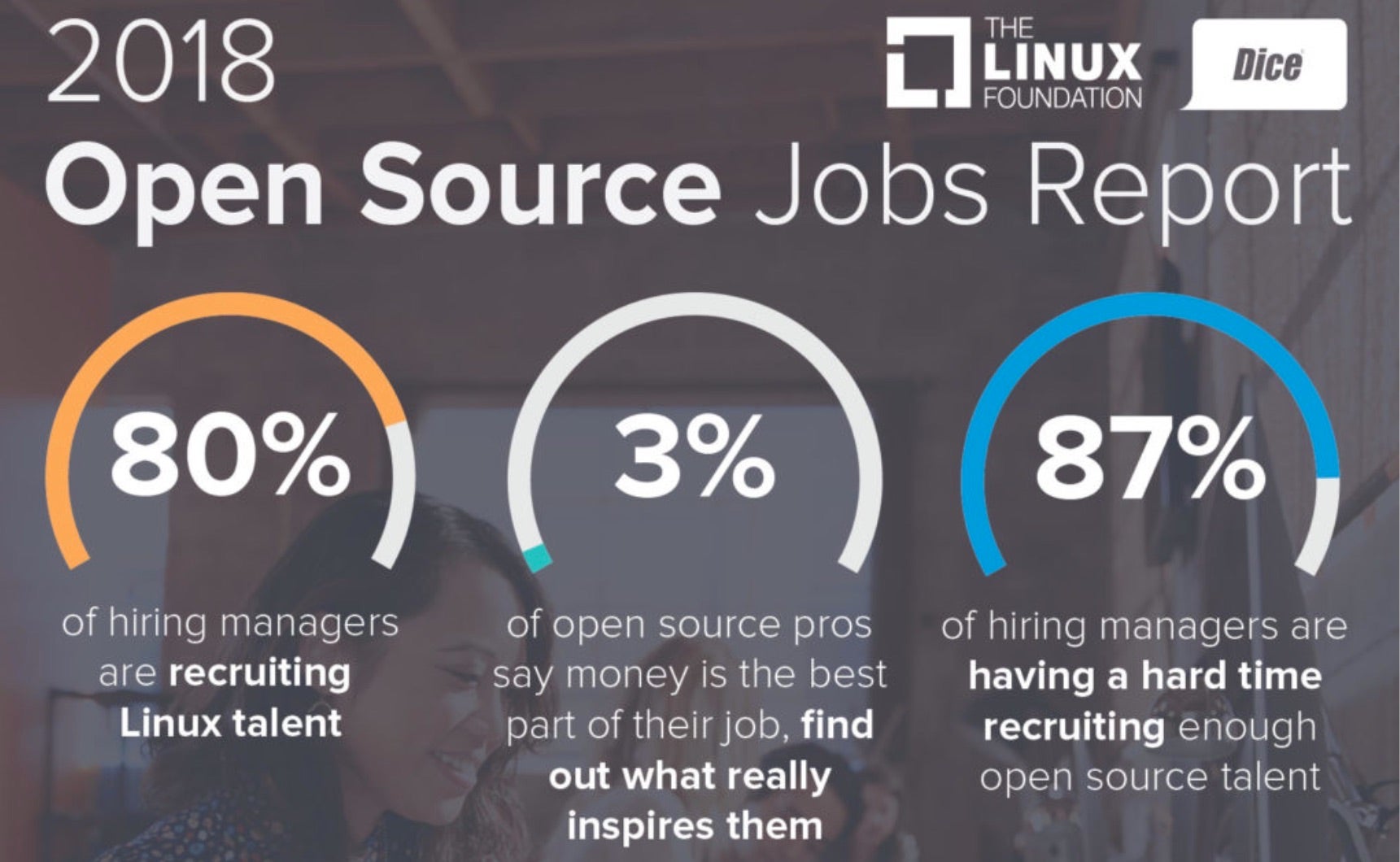As global economies move ever closer to a digital future, companies and organizations in every industry vertical are grappling with how to further integrate and deploy technology throughout their business and operations. While Enterprise IT largely led the way, the advantages and lessons learned are now starting to be applied across the board. While the national unemployment rate stands at 4.1%, the overall unemployment rate for tech professionals hit 1.9% in April and the future for open source jobs looks particularly bright. I work in the open source networking space and the innovations and opportunities I’m witnessing are transforming the way the world communicates.
Once a slower moving industry, the networking ecosystem of today — made up of network operators, vendors, systems integrators, and developers — is now embracing open source software and is shifting significantly towards virtualization and software defined networks running on commodity hardware. In fact, nearly 70% of global mobile subscribers are represented by network operator members of LF Networking, an initiative working to harmonize projects that makes up the open networking stack and adjacent technologies.
Demand for Skills
Developers and sysadmins working in this space are embracing cloud native and DevOps approaches and methods to develop new use cases and tackle the most pressing industry challenges. Focus areas like containers and edge computing are red hot and the demand for developers and sysadmins who can integrate, collaborate, and innovate in this space is exploding.
Open source and Linux makes this all possible, and per the recently published 2018 Open Source Jobs Report, fully 80% of hiring managers are looking for people with Linux skills while 46% are looking to recruit in the networking area and a roughly equal equal percentage cite “Networking” as a technology most affecting their hiring decisions.
Developers are the most sought-after position, with 72% of hiring managers looking for them, followed by DevOps skills (59%), engineers (57%) and sysadmins (49%). The report also measures the incredible growth in demand for containers skills which matches what we’re seeing in the networking space with the creation of cloud native virtual functions (CNFs) and the proliferation of Continuous Integration / Continuous Deployment approaches such as the XCI initiative in the OPNFV.
Get Started
The good news for job seekers in that there are plenty of onramps into open source including the free Introduction to Linux course. Multiple certifications are mandatory for the top jobs so I encourage you to explore the range of training opportunities out there. Specific to networking, check out these new training courses in the OPNFV and ONAP projects, as well as this introduction to open source networking technologies.
If you haven’t done so already, download the 2018 Open Source Jobs Report now for more insights and plot your course through the wide world of open source technology to the exciting career that waits for you on the other side!
Download the complete Open Source Jobs Report now and learn more about Linux certification here.


